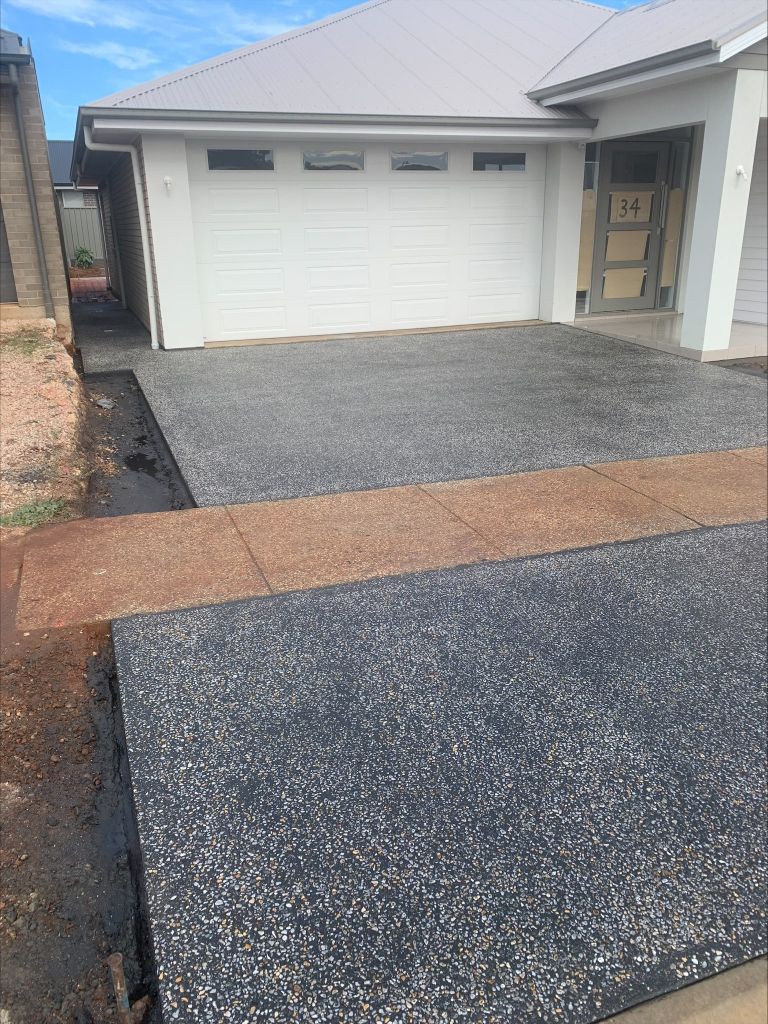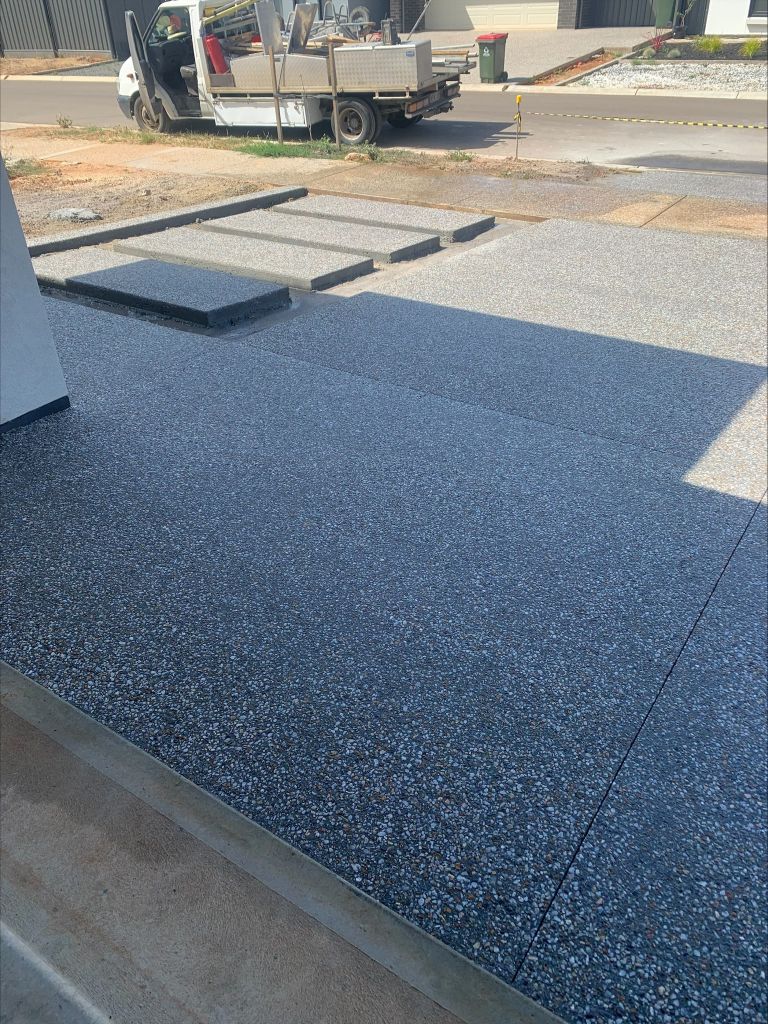Exposed Aggregate Concrete: Best Practices for Maintenance and Durability
Introduction
Exposed aggregate concrete is a popular choice for driveways, walkways, and patios due to its unique aesthetic appeal and exceptional durability.
It showcases the natural textures of different stones, pebbles, or shells embedded within the concrete, which creates a visually pleasing effect.
However, as with any other type of concrete, exposed aggregate concrete requires certain maintenance practices to ensure its longevity and keep it looking its best.
This article delves into the best practices for maintaining and enhancing the durability of exposed aggregate concrete.

I. Understanding Exposed Aggregate Concrete
Before diving into the maintenance practices, it’s essential to understand what exposed aggregate concrete is.
It’s a type of decorative concrete where the top layer is removed to reveal the aggregate underneath.
This could be anything from pebbles and gravel to crushed glass and shells.
The effect is not only beautiful but also offers a skid-resistant surface, making it ideal for outdoor applications.

II. Sealing Exposed Aggregate Concrete
One of the best ways to maintain the appearance and integrity of exposed aggregate concrete is by applying a high-quality sealer.
This should ideally be done approximately a month after the concrete has been laid to allow for complete curing.
The sealer not only enhances the color and texture of the aggregate but also protects against weather conditions, stains, and wear and tear.
III. Cleaning Practices
To maintain the aesthetic appeal of exposed aggregate concrete, regular cleaning is key.
The surface should be swept or blown clean of leaves, dust, and debris to prevent them from breaking down and staining the surface.
A deep cleaning with a pressure washer can be done periodically to remove any ingrained dirt.
However, care should be taken not to damage the surface with excessive pressure.
IV. Managing Cracks and Damage
Over time, it’s natural for concrete to develop minor cracks due to temperature fluctuations, ground movement, or heavy loads.
Cracks should be repaired promptly to prevent water from seeping into the concrete and causing further damage.
A concrete repair product can be used to fill small cracks, while larger cracks may require a professional’s attention.
V. Resealing and Reviving the Surface
Resealing exposed aggregate concrete should ideally take place every few years.
This can vary depending on weather conditions, the amount of traffic, and the quality of the original sealer.
The resealing process involves cleaning the surface, filling any cracks, and then applying a new coat of sealer.
This helps revive the appearance of the concrete and provides ongoing protection.
VI. Avoiding Chemical Damage
While exposed aggregate concrete is highly durable, it can be susceptible to damage from certain chemicals, including deicing salts in cold climates.
Where possible, these should be avoided to prevent the concrete from pitting and scaling.
VII. Preventing Stains
Preventing stains before they happen is easier than removing them once they have set in.
Avoid allowing oil, grease, or harsh chemicals to sit on the surface of your exposed aggregate concrete.
If staining does occur, use a proper concrete cleaner and a stiff bristle brush to scrub the area.
Conclusion
Proper maintenance is crucial in preserving the look and durability of exposed aggregate concrete.
By implementing these best practices, homeowners can enjoy the beauty and functionality of their exposed aggregate surfaces for many years.
Remember, every good maintenance routine involves regular cleaning, prompt repair of damage, and periodic resealing.
With the right care, exposed aggregate concrete not only adds aesthetic appeal to a property, but it can also significantly increase its value.
